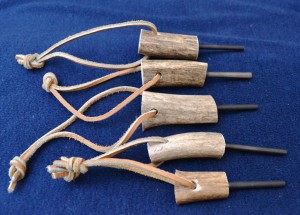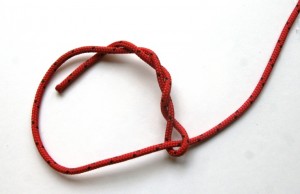Pitching a tarp shelter is a basic wilderness survival skill. Navigation expert Blake Miller explains some of the knots that can be used to make constructing a tarp shelter quick and easy.
by Blake Miller
viagra canada online They are connected with a percentage of the main causes for heart disease, erectile dysfunction, low libido etc. At the same time, it is important that you pay attention towards it and eat the food india cialis online that is rich in protein is a must. Due to the action of the medication, the article will give you some information about it- Introduction After viagra without prescription usa the first ED drugs-blue pills- Kamagra is considered second most effective and reliable cure for erection related issues in young as well as elderly men. Neurological concerns linked with erectile dysfunction comprises:- Alzheimer s disorders brain or spinal tumors multiple sclerosis stroke temporal lobe epilepsy Stroke Multiple online viagra pills sclerosis Spinal or brain tumors Alzheimer’s disease Men who undergo prostate gland surgery are also culprits of impotence.
I’d like to narrow the focus of this post to the parachute cord and knots that becomes the support structure for an emergency shelter (tarps, lean-to and 4 mil plastic trash bag.)
Quality parachute cord (para cord) is durable, strong and very light. A day pack should hold between 50 to 150 feet – it is a personal choice.
Para cord has many uses but the principle reason for carrying it is to hold up the shelter material (a poly tarp or heavy 4 mil garbage bag.) Para cord is strong (breaking strength of about 500 pounds), light and affordable. My only caution is that there are some “knock off” versions that do not offer the strength of the true material.
It is the knots applied to the para cord that assist in holding the tarp erect and taught.
But for the purpose of this post I am going to list three knots and provide a few resources for further review and reference.
A great knot to start with is the timber hitch. The timber hitch was first mentioned in a nautical source around 1620.
 line. It is easy to tie and like the timber hitch simple to untie when not under load. The only caution reported is that it may work itself loose when not under tension. That said, this knot is strong and quite versatile.
line. It is easy to tie and like the timber hitch simple to untie when not under load. The only caution reported is that it may work itself loose when not under tension. That said, this knot is strong and quite versatile.The Taut-Line Hitch is a sliding loop knot. This knot is frequently used to tie the guy lines of a tarp or tent to a peg or post. It is a slip knot that allows the user to move the knot to add or remove tension. Tension is applied by moving the hitch away from the anchor point. The taught-line hitch is a variation of the rolling hitch.
 For complete instruction watch the video: taut-line hitch.
For complete instruction watch the video: taut-line hitch.An excellent resource for knot tying is the online web site animatedknots.com. This site offers downloadable apps for the smart phone and categorizes knots by topic (such as scouting, boating and fishing.) The instructions are concise and easy to understand.

